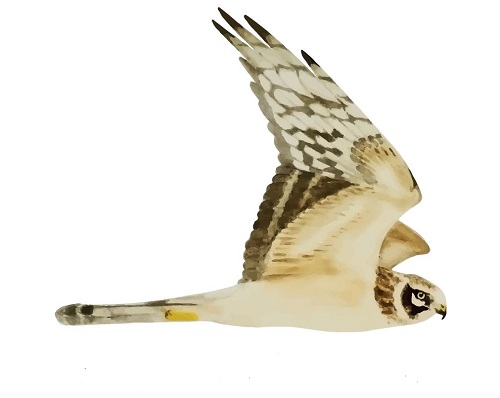Her på Skagen Fuglestations blog bringes korte nyheder i dagbogsformat om hændelser på fuglestationen.
Light bird-fall and heavy rainfall
Hi!
You may have noticed a new name! I’ve recently joined the volunteer team until mid October and have been greeted by some incredible locals – crested tits (Topmejse), honey buzzards (Hvepsevåge), icterine warblers (Gulbug), and the other volunteers of course, and some less incredible locals – the mosquitos (myg!!).
Heavy rain was forecasted today so no standardized ringing was conducted, however Ragnar, Joe, and I managed to get a few hours of migration counts before the heavy rain came. Highlights included the first mediterranean gull (Stor Sorthovedet Måge) and tufted duck (Troldand) of the year for the Station, 9 curlew sandpipers (Krumnæbbet Ryle), 2 migrating little ringed plover (Lille Præstekrave), a golden eye (Hvinand ), and a parasitic sea jaeger (Almindelig Kjove). Once the rain had cleared, Ragnor headed out again, while the rest of us caught up with some admin. He spotted an additional 72 dunlin (Almindelig Ryle), 10 curlew sandpipers (Krumnæbbet Ryle), 1 curlew (Stor Regnspove), and 1 whimbrel (Småspove).
In the afternoon we all headed to Gyvel Markerne to look for wading birds. We saw a range of species including wood sandpiper (Tinksmed), great egret (Søvhejre), common ringed plover (Stor Præstekrave), shellduck (Gravand), honey buzzard (Hvepsevåge), and northern lapwing (Vibe), the last three all being new species for Joe!
You might have remembered from yesterday’s blog that we went to check on a local nightjar (Natravn) brood which were nowhere to be found. Well, the mystery is solved as Simon reviewed the nightjar footage, revealing the brood’s unfortunate end…
Watch the fate of the Nightjars (Natravn) in the video:
Tomorrow’s weather looks less wet and so we’re hoping the nets will be back up for the standardized ringing, and the observers doing the migration counts stay dry too!



